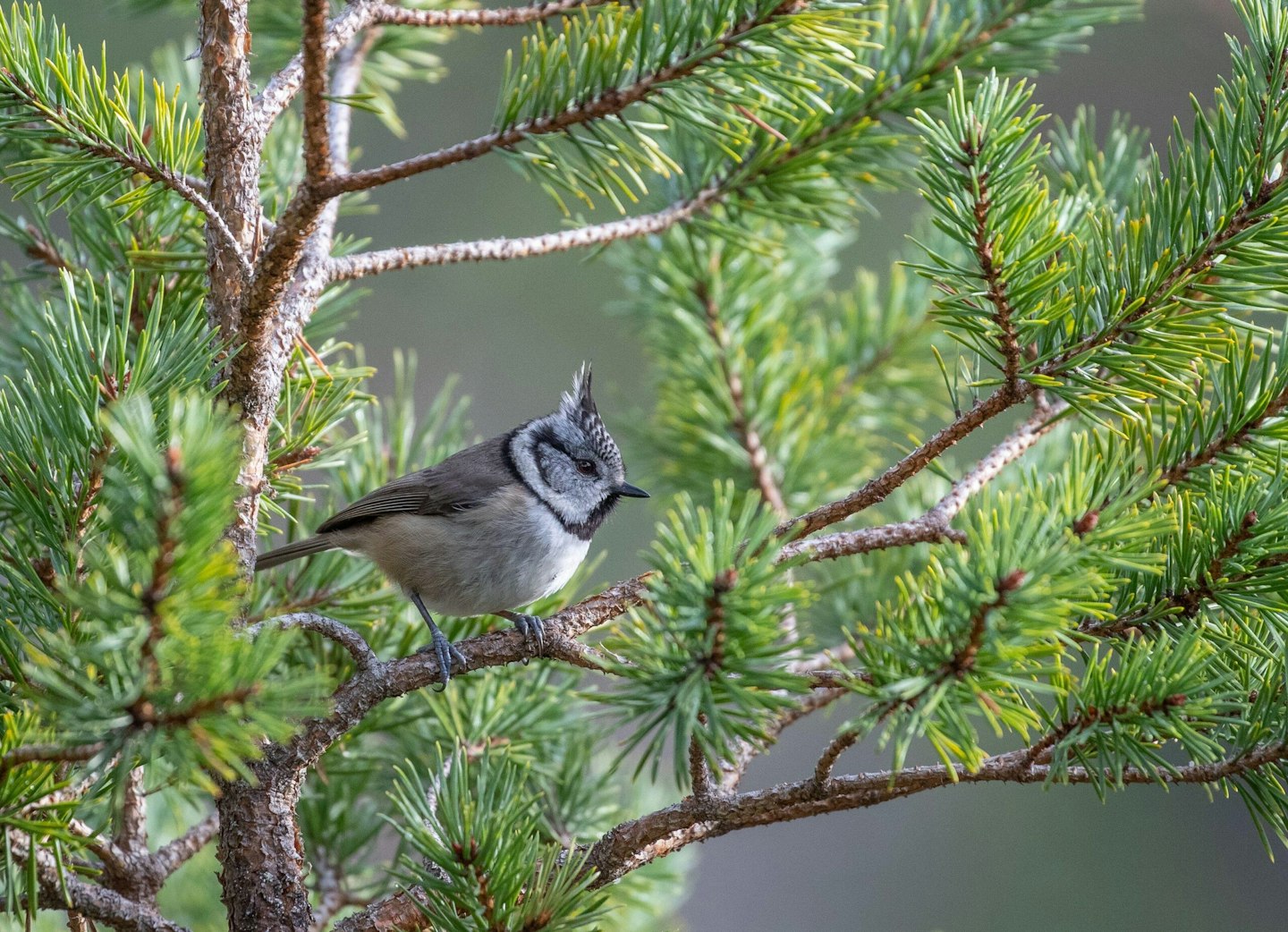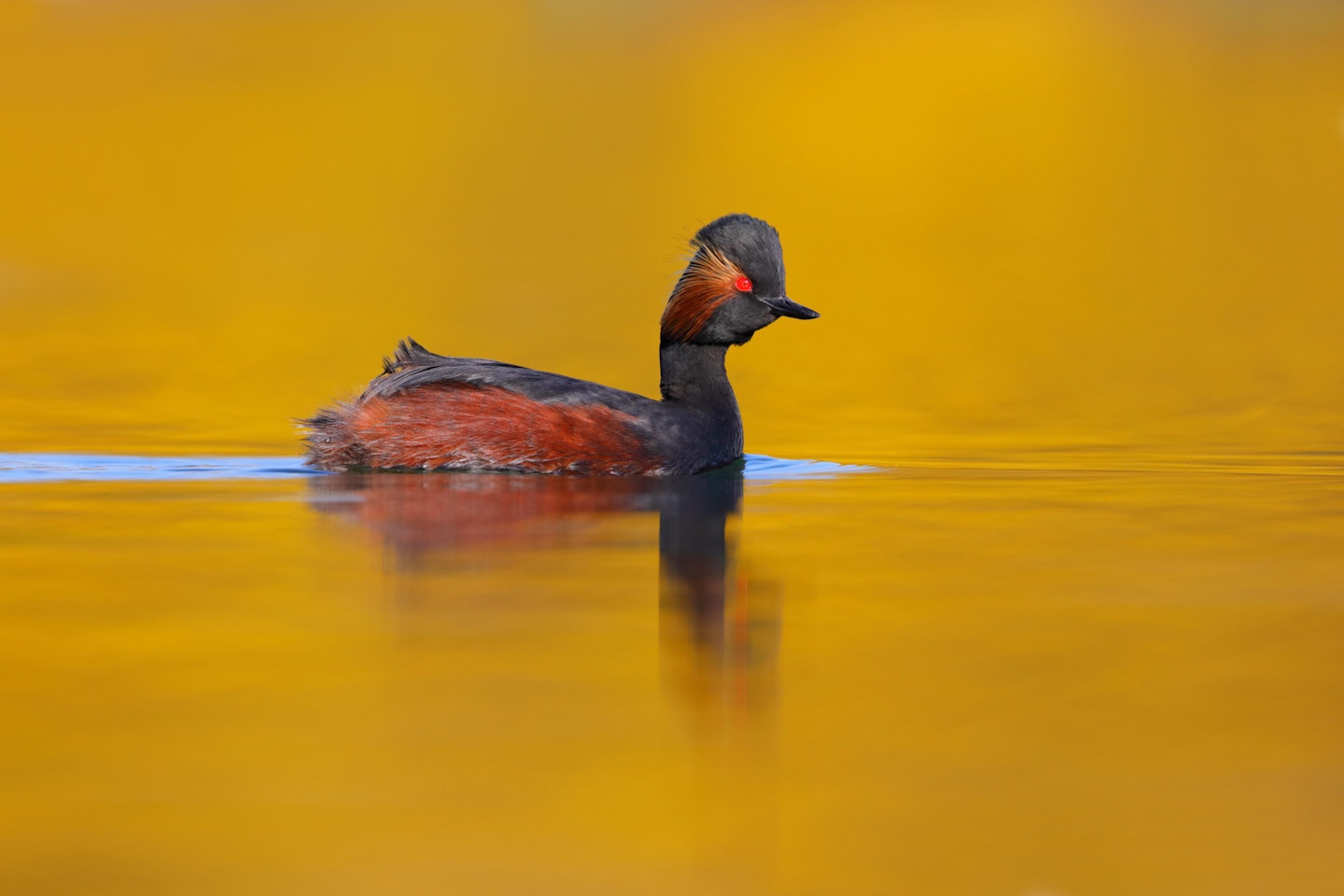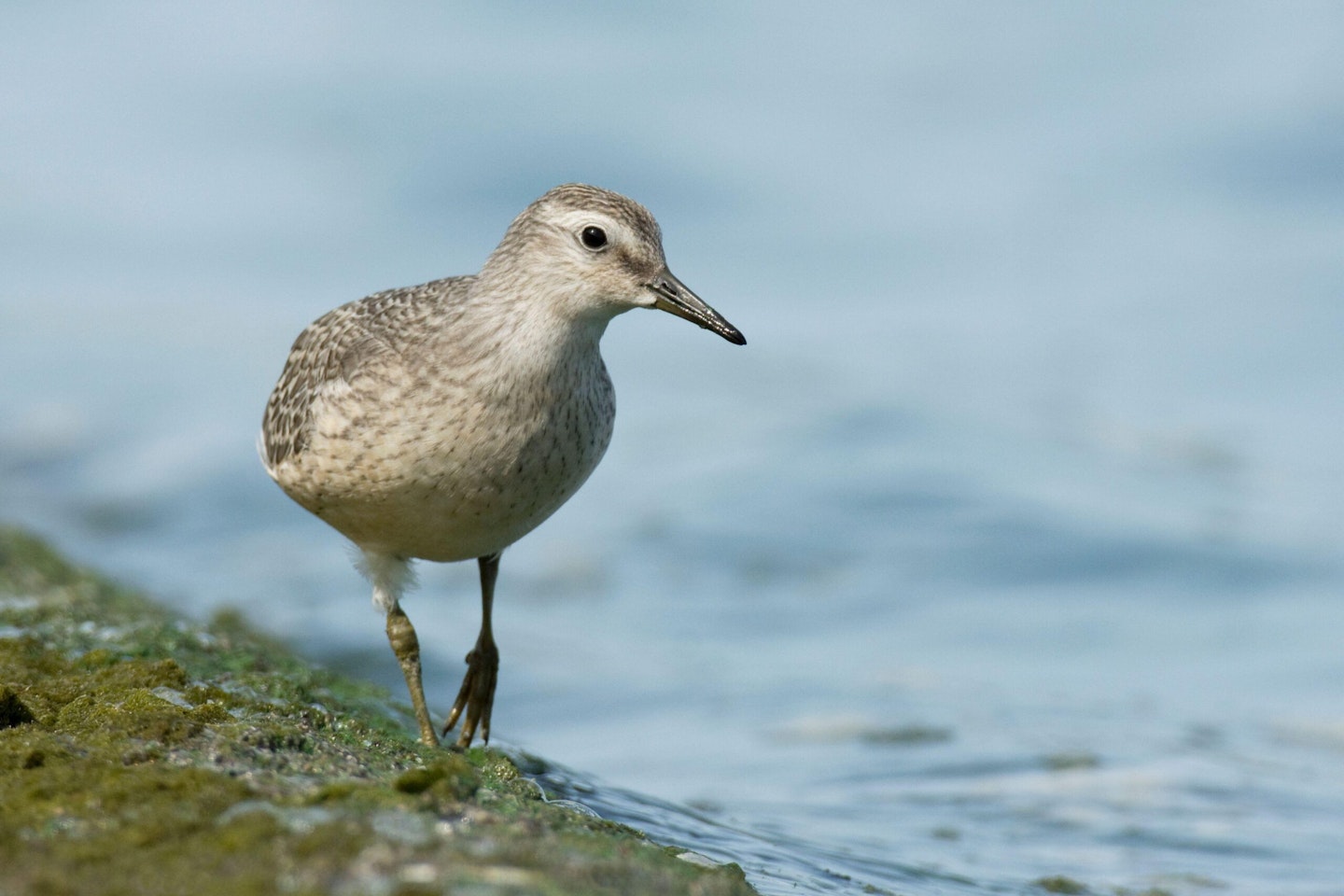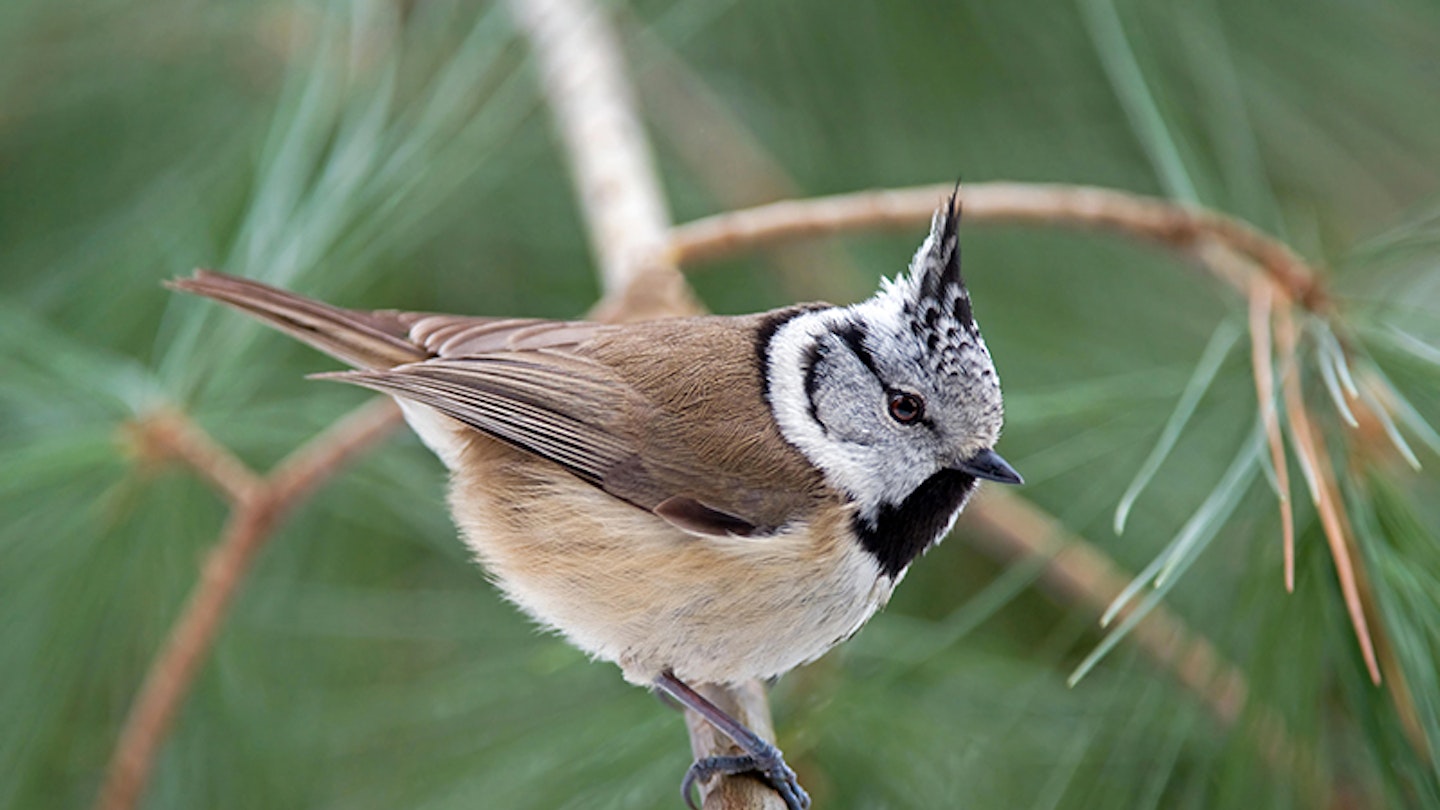Now we are into the real peak passage period of the autumn. Some birders even prefer September to October, these days, with some unbelievable rarities turning up during this month, especially in the last week or two. These are not extreme rarities, but a few great birds to tickle your fancy this month.

Crested Tit
The Crested tit is an adorable, unmistakable favourite of anyone visiting northern Scotland, especially around the remnants of the Caledonian pine forest. We have our own peculiar subspecies restricted to this ancient woodland (and newer Scots Pine plantations). Other subspecies occur on the continent, where they are more catholic in the habitat tastes. In the UK, this part of Scotland is where the 1,500 pairs breed, and also where the up to 10,000 individuals spend the winter. Crested Tits can be hard to locate in the breeding season, but should be easier come the autumn. It helps to learn the distinctive trilling call to locate them. Good luck.

Pectoral Sandpiper
This smallish calidrid sandpiper is a scarce visitor, but still comfortably the commonest wader to cross from North America to the UK. They are roughly Dunlin-sized (some slightly smaller, most slightly larger) but altogether slimmer and more attenuated at the rear end than dumpy Dunlin, also with a slightly longer neck and a shorter bill. The vast majority of birds seen over here are juveniles: neatly patterned and fresh with clearly defined pale Vs on the back/wings. The legs are pale greenish and there is a distinct truncation of the densely streaked upper breast with the white belly (in the pectoral region). Found creeping around in a variety of wet habitats, with a bit of a preference for freshwater sites.

Black-necked Grebe
The Black-necked Grebe is a rare breeding bird in the UK, with up to 50 pairs widely spread and mainly in England. In the late summer and autumn, juveniles start to wander, turning up all over the place in suitable ‘lakes’. These juveniles look more like winter adults than breeding birds, with brownish bits to the black-and-white non-breeding plumage. So, it is perhaps best to concentrate on size and shape when identifying them. They are a little bigger and slimmer than Little Grebes, with a finer bill which almost looks upturned and a steep ‘forehead’ and crown peaking in the centre of the head (rather than further back).

Juvenile Knot
September is a month of juvenile waders, and a handsome bunch they are, too. In breeding plumage, the chunky Knot is washed in gorgeous orange, and in winter, the adults are pale grey. The juveniles come somewhere in between with neatly pale-fringed upper parts (typical of many juvenile waders) and a peachy wash to the underparts. They are a bit bigger than the benchmark Dunlin, closer to Redshank in size; and have pale, yellowish legs.

Juvenile Black Tern
To complete our season of juveniles, the young Black Tern looks quite different from the adults in spring. It is basically black-capped and dark grey above and white below with a distinctive dark mark on the sides of the breast, near where the front edge of the wing ‘joins’ the body. Closer views (especially of perched birds) show that the back and wings are ‘scaly’ with neat pale fringes around the dark feathers (like on a young wader). Non-breeding adults lack this feature and tend to look a tad scruffier than the youngsters.
